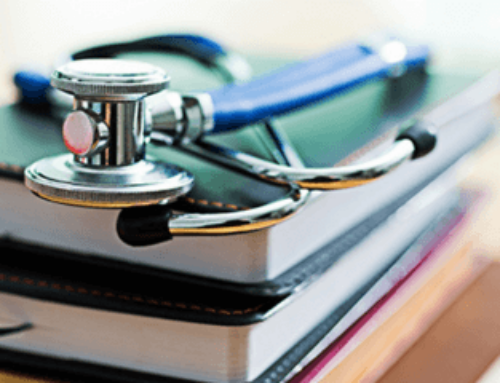On March 27, 2020, AASM Public Safety Committee Chair Dr. Indira Gurubhagavatula and Vice Chair Dr. Shannon Sullivan talked with Dr. Seema Khosla, medical director of the North Dakota Center for Sleep in Fargo, to discuss how she is managing patient care and leveraging telemedicine during the COVID-19 outbreak. The discussion is part of the AASM’s Clinical Conversations: COVID-19 series.
You can play the video for the full conversation or review the highlights and summary below.
Highlights
- What’s right for one sleep clinic may not be right for another. The response to the coronavirus pandemic depends a lot on location and the rate of transmission in your area. It’s a fluid situation, so it’s important to be flexible.
- Check with your equipment providers to see what options they have for enhanced infection control. Some offer disposable components for home sleep apnea tests (HSATs), for example.
- Telemedicine provides an opportunity to connect with patients in their sleep space. It can provide additional insight into their sleep environment that isn’t available during a traditional in-office visit.
- Talk to your patients who use CPAP about their risks. Help them understand the benefits of sleeping alone during this uncertain time. Also, educate your office staff about these issues so they can help manage patient calls.
- Collaborate with your colleagues across all medical fields for support and solutions during this emergency. Offer to help local hospitals on the front lines should there be a surge in cases in your area or a shortage of medical staff due to illness.
Summary
The doors to the North Dakota Center for Sleep are locked, said Dr. Khosla. All patient appointments currently are being managed through telemedicine, and in-lab testing will end this week and be suspended for at least a month. However, the clinic is acquiring disposable components for both polysomnography (PSG) and home sleep apnea tests.
Dr. Khosla said she’s surprised by the number of patients who are agreeable to telemedicine, and the transition has gone well. Office staff members call to remind patients their appointment will be done via FaceTime or Skype, and Dr. Khosla is setting up AASM SleepTM for her clinic as a long-term solution. She especially likes being able to interact and see patients in their homes and sleeping environments because she can pick up on details that might not arise in the clinic. For example, one patient being treated for hypersomnolence recently developed insomnia. During their telemedicine visit, Dr. Khosla noticed the patient has been using a green light for migraines before going to bed. She suspects the light might be causing delayed sleep phase, a problem she might not have detected in an office visit.
Dr. Khosla also is using telemedicine visits to assess patients’ risk of coronavirus exposure and transmission, especially those using CPAP. She tells them it is a concern that the virus could be aerosolized and asks if the patient is practicing social distancing, if they feel ill, and if they share a sleep space. For patients who do share a sleep space, Dr. Khosla discusses whether they can move to a separate bedroom during this public health emergency.
She does think the current pandemic will result in habits that promote better maintenance of CPAP devices and accessories. She encourages patients to clean everything with soap and water and to wash their hands before handling their masks.
Dr. Kholsa said it’s been helpful and heartwarming to see the medical community ask questions and collaborate on how to manage this emergency. Her clinic reached out to hospital partners to offer assistance, especially with staff and providers who are already vetted and trained in facility procedures. She also expects this crisis to increase interest in telemedicine, especially as it’s used by more primary care physicians and other specialists. She’s also keeping a close watch on the AASM’s COVID-19 resources, which are updated regularly.



